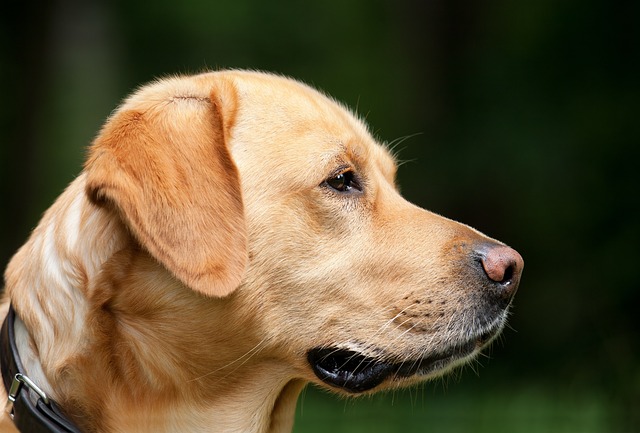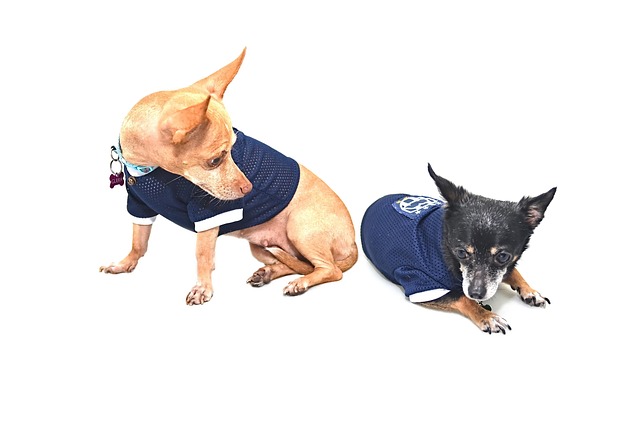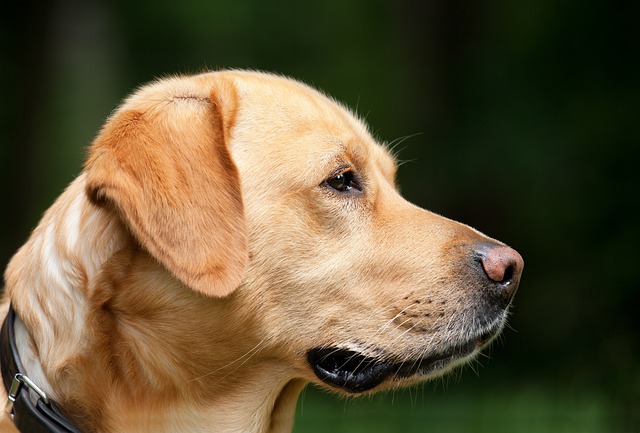
Is it normal for my dog's skin to peel
Is it normal for my dog's skin to peel? If you’ve been brushing your Shih Tzu “Lulu” and noticed tiny, translucent flakes sticking to the brush, or caught a larger patch flaking off
Think about the miles your dog’s paws clock in—from pavement pounding during neighborhood walks to bounding across grassy parks. Those furry pads endure heat, cold, and rough surfaces daily, yet they’re often the most overlooked part of your pet’s health. Learning to care for them isn’t just pampering; it’s essential for every dog owner balancing adventure with responsible pet parenthood.
The first line of defense is regular inspection. After a long hike or a romp at the dog park, take a few minutes to gently lift each paw. Check for cuts, thorns, or signs of redness. Did you notice that small patch of dried mud? It could hide sharp debris. In many regions, public spaces have specific rules about cleaning up after your dog, but paw safety should be part of your post-walk routine too.
Weather plays havoc on paws. In winter, salt and ice melt chemicals can irritate pads, leaving them cracked and sore. Imagine walking barefoot on a bed of tiny needles—that’s how your dog feels when their paws are damaged. Many cities require pets to be leashed during snow removal operations, but proactive protection like booties or paw balm can prevent pain before it starts.
 Summer brings its own challenges. Asphalt heated by the sun can reach scorching temperatures, burning tender paw pads in seconds. If you wouldn’t walk on the pavement in flip-flops, don’t let your dog do it either. Some parks offer designated dog walking paths with cooler surfaces, so keep an eye out for those local amenities.
Summer brings its own challenges. Asphalt heated by the sun can reach scorching temperatures, burning tender paw pads in seconds. If you wouldn’t walk on the pavement in flip-flops, don’t let your dog do it either. Some parks offer designated dog walking paths with cooler surfaces, so keep an eye out for those local amenities.
Trimming paw hair might seem like a minor task, but it’s crucial. Long fur between toes can trap dirt and moisture, leading to infections. It also affects traction—picture trying to run on a slippery floor in fuzzy socks. While there aren’t specific laws about paw hair length, regular grooming aligns with overall pet hygiene standards most regions expect.
Injuries happen, even to the most cautious dogs. If you spot bleeding or your dog suddenly starts limping, don’t wait. Minor cuts can be cleaned with saline solution at home, but deeper wounds need veterinary attention. Remember, many pet insurance policies cover emergency vet visits, so staying prepared protects both your dog and your wallet.
Taking care of your dog’s paws is a daily act of love. Whether it’s wiping them down after a muddy adventure or applying protective balm before a winter walk, these small gestures show your commitment. Just like following leash laws and vaccination schedules, paw care is part of being a responsible dog owner. After all, those paws carry your furry friend to all the places where memories are made.

Is it normal for my dog's skin to peel? If you’ve been brushing your Shih Tzu “Lulu” and noticed tiny, translucent flakes sticking to the brush, or caught a larger patch flaking off

Why did my dog's skin peel off? If you’ve noticed your boxer “Maggie” scratching at her elbow, then lifted her paw to find a patch of skin peeling away

Do dogs sweat through their foot pads to help them keep cool? If you’ve ever noticed your golden retriever “Max” leaving damp paw prints on the kitchen floor after a long summer walk

New puppy owners often fixate on making sure their fuzzy bundle gets every nutrient possible, and calcium—vital for growing bones and teeth—tops many worry lists.

how can i protect my dogs paws from heat? If you’ve ever stepped barefoot onto asphalt on a July afternoon in Florida, yelping and leaping back

How do you maintain a dog's coat? If you’ve found tufts of your golden retriever “Bailey’s” fur clinging to every couch cushion, or noticed his once-shiny coat looking dull and matted